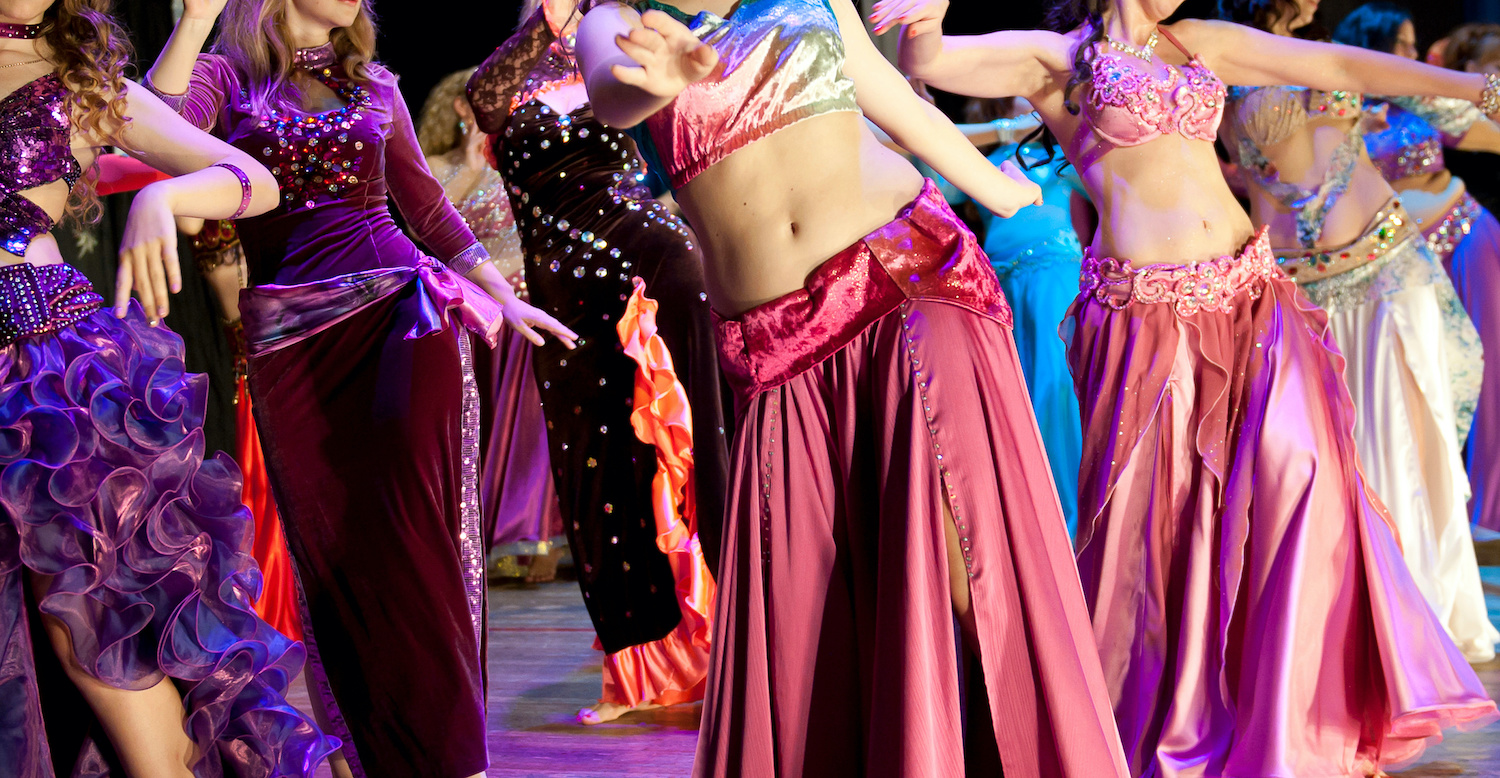The enigmatic dance of the desert: Middle East belly dancing
Embark on a captivating journey into the heart of Middle East belly dancing, a dance form shrouded in mystique and rich in history. This art form, more than just a dance, is a vibrant expression of cultural identity, reflecting the diverse tapestry of the Middle East. Let’s unravel the beauty and complexity of this enchanting dance.
The history of Middle Eastern dance
Middle Eastern dance, with its ancient roots, is a story of evolution and cultural intermingling. It’s a dance that has been shaped by the sands of time, witnessing civilizations rise and fall, each leaving its mark on this ever-evolving art form.
The origins of belly dance
The origins of belly dance are as enigmatic as the dance itself, with theories ranging from its start as a ritual to its role in social gatherings. This dance is believed to have ancient roots, deeply embedded in the cultural traditions of the Middle East.
Cultural significance of belly dance in the Middle East
Belly dance is more than a mere performance; it’s a celebration of life and culture. In the Middle East, it holds a special place, symbolizing joy, celebration, and sometimes, even a form of storytelling.
Different styles of Middle Eastern dance
Oriental dance
Oriental dance, or “Raqs Sharqi,” is characterized by its fluidity and grace, a dance form that is both complex and captivating.
Arabic belly dance
Arabic belly dance focuses on the movements of the torso and hips, with a style that is both alluring and expressive.
Raqs Sharqi
Raqs Sharqi is a classical form of belly dance, originating in Egypt. It’s known for its elegance and refined movements.
Traditional Middle Eastern dance
This form encompasses the various folkloric dances of the Middle East, each with its unique style and significance.
Egyptian belly dancing
Egyptian belly dancing, one of the most renowned styles, is celebrated for its sophistication and has influenced belly dance globally.
Turkish belly dancing
Turkish belly dancing is lively and often includes elements like floor work, reflecting the vibrant culture of Turkey.
Lebanese belly dance
Lebanese belly dance blends traditional movements with a modern flair, offering a unique and dynamic interpretation of the dance.
Persian belly dance
Persian belly dance, though less known, is a beautiful expression of Persian culture, characterized by its delicate and intricate movements.
Tribal fusion belly dance
Tribal fusion belly dance is a modern interpretation, blending traditional Middle Eastern dance with other global dance forms.
Shimmying and shaking hips movement in belly dance
The shimmy and hip shake are quintessential movements in belly dance, symbolizing the dance’s energy and spirit.
Cabaret style belly dancing
Cabaret style belly dancing is a more theatrical form, often performed in entertainment venues with elaborate costumes and music.
Folkloric dances of the Middle East
These dances reflect the rich cultural heritage of the Middle East, each telling a story of the people and their traditions.
Belly dance in the Islamic world: a perspective by Meg Morley
Meg Morley offers an insightful perspective on the place of belly dance in the Islamic world, exploring its cultural and social dimensions.
Conclusion
Middle East belly dancing is a dance of many faces, a mirror reflecting the rich and varied cultures of the Middle East. Its beauty lies not just in the movements but in the stories it tells and the traditions it upholds. As we conclude this journey, we carry with us a deeper appreciation for this exquisite dance form, a dance that continues to enchant and inspire.
